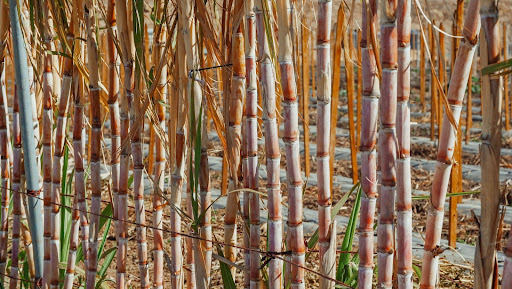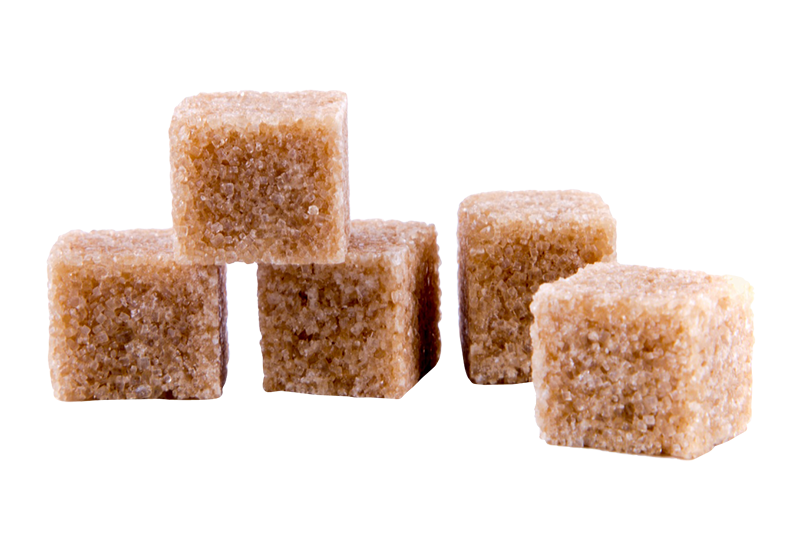Advanced Cane Sugar Processing: Enhancing Effectiveness and Sustainability
Advanced Cane Sugar Processing: Enhancing Effectiveness and Sustainability
Blog Article
Exploring the Comprehensive Steps Associated With Walking Stick Sugar Processing From Collecting to Improvement
The procedure of walking cane sugar manufacturing incorporates a series of complex actions, beginning with the cautious harvesting of sugarcane and culminating in the improvement phases that make sure the final item satisfies industry requirements. Each stage, from the extraction of juice to the filtration and formation procedures, plays an essential role in establishing the quality and character of the sugar.
Collecting Sugarcane
Collecting sugarcane is a vital action in the walking stick sugar processing chain, as it straight influences the top quality and yield of the last product. Correct timing and techniques are necessary during this stage to make certain ideal sugar material and decrease losses. Usually, sugarcane is harvested when it gets to maturation, normally 12 to 18 months after planting, characterized by a high sucrose focus.

Post-harvest, the sugarcane should be refined promptly to avoid sucrose degradation. Preferably, collected walking stick ought to be delivered to refining facilities within 24 hr to preserve sugar quality. Therefore, reliable logistical planning is important to preserve the honesty of the gathered crop throughout the supply chain.
Extraction Refine

The smashed cane goes through a collection of pushing procedures to make the most of juice recuperation. Normally, hot water is sprayed onto the smashed cane, producing a countercurrent circulation that aids liquify the sugar while also helping in the extraction procedure. The juice gathered from this operation has not just sugar but additionally different organic substances and pollutants.

To improve removal effectiveness, some centers may use diffusion approaches, where the sugarcane is soaked in warm water, permitting the soluble sugars to diffuse into the liquid. The resulting juice, abundant in sucrose, is then guided to subsequent handling stages, laying the structure for purification and refinement. The removal procedure is thus critical in figuring out the high quality and yield of the last sugar item.
Purification Strategies
The filtration methods employed in walking cane sugar processing are vital for transforming the raw juice into a high-grade sugar item. These methods mostly intend to remove pollutants, such as soil, plant products, and not natural substances, which can negatively influence the final product's taste and shade.
This process involves including lime and warmth to the raw juice, which helps with the coagulation of impurities. Additionally, the use of phosphoric acid can read improve the explanation process by more binding pollutants.
Another considerable technique is carbonatation, where co2 is introduced to the clarified juice. This response creates calcium carbonate, which catches remaining contaminations and promotes their removal.
Moreover, triggered carbon treatment may be put on adsorb any kind of remaining colorants and organic impurities, guaranteeing an extra refined product. The combination of these techniques properly prepares the sugar juice for subsequent steps in the refining procedure, establishing the phase for the manufacturing of premium cane site link sugar.
Crystallization Methods
After the filtration stage, the next essential action in cane sugar processing includes condensation approaches, which play a crucial function in transforming the cleared up juice right into strong sugar. This procedure commonly employs two key approaches: spontaneous formation and regulated crystallization.
In spontaneous crystallization, supersaturated sugar solutions are permitted to cool normally, causing the development of sugar crystals over time. This method is simpler yet may lead to uneven crystal sizes and reduced pureness degrees. On the various other hand, regulated crystallization is a more accurate strategy where seeding, temperature level, and concentration agents are carefully handled. This technique enables for the uniform growth of sugar crystals and higher purity.
During crystallization, the clarified juice is concentrated through dissipation, raising its sugar web content till it gets to supersaturation. When this point is accomplished, either technique can help with the condensation process. Cane Sugar Processing. The resultant sugar crystals are then separated from the remaining syrup through centrifugation
Ultimately, the choice of condensation technique impacts the high quality, dimension, and pureness of the last sugar product, making this action necessary in the general walking cane sugar processing treatment.
Improvement and Product Packaging
Just how can the pureness and high quality of cane sugar be better boosted after formation? The improvement process plays a crucial function in accomplishing top quality walking cane sugar. Complying with crystallization, sugar goes through an extensive washing to remove impurities and residual molasses. This is commonly accomplished utilizing warm water or steam, which assists dissolve and draw out unwanted aspects while maintaining the sugar crystals.
Next, the sugar undergoes a process called centrifugation, where it is rotated at broadband to separate the cleansed sugar crystals from the staying liquid. After centrifugation, the sugar is frequently further refined with a technique called carbonization or phosphatation, which utilizes turned on carbon or phosphoric acid to eliminate color and off-flavors.
As soon as refined, the sugar is dried to accomplish the wanted moisture material, making sure that it remains secure this throughout storage space and transport. The final step includes product packaging the polished sugar in moisture-proof and closed containers to maintain its high quality and stop contamination. Cane Sugar Processing. Appropriate packaging not only expands life span but additionally assists in simple handling and circulation, ensuring that consumers receive sugar that meets the highest standards of purity and high quality
Final Thought
The comprehensive steps entailed in walking cane sugar processing, from the careful harvesting of sugarcane to the intricate improvement and product packaging stages, highlight the significance of each phase in ensuring high-grade sugar manufacturing. Ideal harvesting methods, effective extraction techniques, and strenuous filtration processes jointly add to the final product's pureness and stability. The condensation and subsequent product packaging methods better improve the honesty and service life of the sugar, highlighting the complexity and accuracy inherent in this important agricultural industry.
The procedure of walking cane sugar manufacturing includes a collection of complex actions, starting with the cautious harvesting of sugarcane and culminating in the improvement phases that make certain the last product meets industry requirements. Ideally, gathered walking stick must be transferred to refining facilities within 24 hours to maintain sugar high quality.In spontaneous crystallization, supersaturated sugar solutions are permitted to cool down naturally, leading to the formation of sugar crystals over time - Cane Sugar Processing. The improvement process plays a crucial duty in accomplishing premium walking stick sugar.The extensive actions entailed in walking stick sugar handling, from the precise harvesting of sugarcane to the intricate refinement and product packaging stages, emphasize the significance of each phase in guaranteeing premium sugar production
Report this page